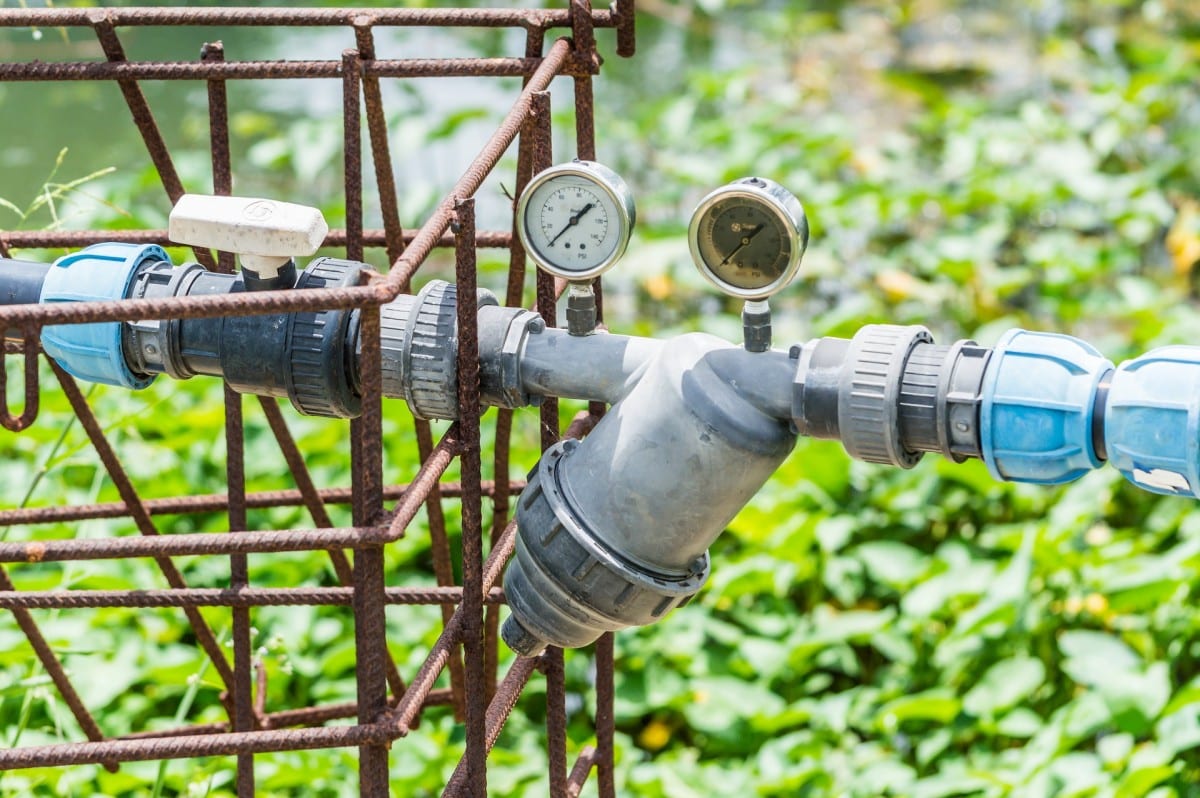
World Economic Forum (WEF) asked a group of international technology experts to identify this year’s Top 10 Emerging Technologies. After soliciting nominations from additional experts around the globe, the group evaluated dozens of proposals according to a number of criteria. Do the suggested technologies have the potential to provide major benefits to societies and economies? Could they alter established ways of doing things? Are they likely to make significant inroads in the next several years? “Technologies that are emerging today will soon be shaping the world tomorrow and well into the future – with impacts to economies and to society at large”, said Mariette DiChristina, Editor-in-Chief of Scientific American, and chair of the Emerging Technologies Steering Committee. In our constant lookout for the origins of innovation, IO will present WEF’s top-10 emerging technologies in a 10-part series. Today: Food tracking.
After part 10 has been published, the whole series can be found here
The Emerging Technologies Steering Committee reports that about 600 million people suffer food poisoning every year, according to the World Health Organization, and 420,000 die as a result. When an outbreak occurs, investigators can spend days or weeks tracking its source. Meanwhile, more people can fall ill, and massive amounts of uncontaminated food may be discarded along with the tainted items. Finding the source can be slow work because food travels a complex path from farm to table and the records of those journeys are kept in local systems that often do not communicate with one another.
Innovation Origins has already reported a lot about Agri- and food technology. Some of it as part of a series around last year’s Dutch Agri Food Week. Also, we explored the activities of Food Tech Brainport, which is constantly working on technologies to fight food waste and to extend the shelf life of products in the supermarket. “Food waste normally becomes animal feed, or it is used for energy production or simply dumped. But food waste streams can be made valuable”, says food tech business developer Ivo Ploegsma. One of the technologies available in Food Tech Brainport – High-Pressure Processing (HPP) – is capable of significantly extending the shelf life of the product, significantly reducing food waste.
More on Food Tech Brainport here
Together, a pair of technologies could reduce both food poisoning and food waste. The first, an innovative application of blockchain technology is beginning to solve the traceability problem. Enhanced food packaging, meanwhile, is providing new ways to determine whether foods have been stored at proper temperatures and whether they might have begun to spoil.
Blockchain is a decentralized accounting system in which entries are recorded in sequence in multiple identical “ledgers” stored on computers in multiple locations. This redundancy makes tampering with any one ledger futile, creating a highly trusted record of transactions. A blockchain-based cloud platform developed for the food industry – IBM Food Trust – is already employed by major food sellers.
By integrating growers, distributors and retailers on a common blockchain, Food Trust creates a trusted record of a given food’s path through the end-to-end supply chain. In a test using the technology, Walmart traced the origin of a “contaminated” item in seconds; with the standard mix of written and digital records, this would have taken days. With this capability, retailers and restaurants can remove a contaminated item from circulation almost immediately and destroy only stock that came from the same source (say, a particular grower of romaine lettuce) instead of wasting entire national stocks of the item. Many global food business giants have joined this initiative. Other organizations have also introduced blockchain technology for enhancing traceability. One of them is Albert Heijn, which started to use blockchain technology a year ago, to provide insight into the production chain for Albert Heijn’s orange juice. Consumers can follow the chain of the product: using a QR code on the packaging, they can see which route the bottle of orange juice follows until it reaches the shelf.
To prevent food poisoning in the first place, research laboratories and companies are developing small sensors that can monitor the quality and safety of food in pallets, cases or individually wrapped products. For instance, Timestrip UK and Vitsab International have independently created sensor tags that change colour if a product has been exposed to above-recommended temperatures, and Insignia Technologies sells a sensor that slowly changes colour after a package has been opened and indicates when the time has come to bin the food. (The colour changes more quickly if the product is not stored at the proper temperature.) Sensors that reveal the gaseous byproducts of spoilage are also being developed. Beyond preventing sickness, such sensors can reduce waste by showing that food is safe to eat.
Cost remains a roadblock to the ubiquitous use of sensors. Still, the food industry’s need to ensure food safety and limit waste is propelling this technology forward. Also, there’s help from the European Union, for example through the Interreg V programme Flanders-Netherlands, the cross-border cooperation programme with financial support from the European Regional Development Fund. The Food from Food project that was funded by this programme, supports and accelerates innovations in the agri-food industry in the area of value creation from vegetable by-products to food.
(Most of this article is drawn from the 2019 Top 10 Emerging Technologies report)

